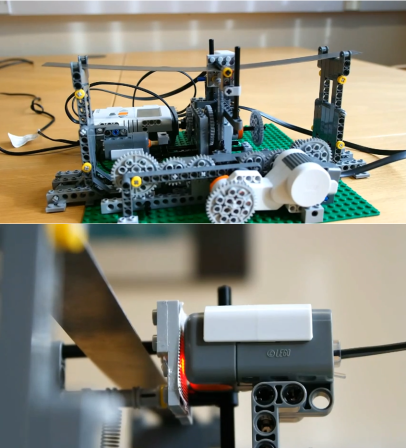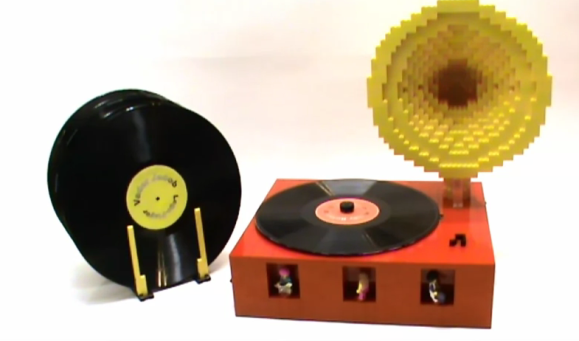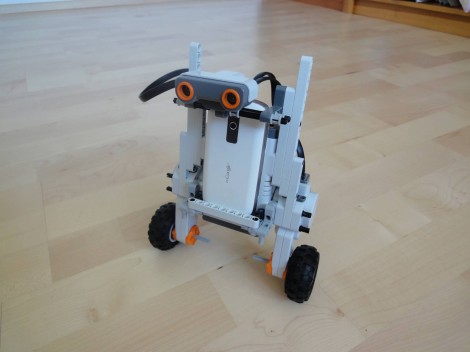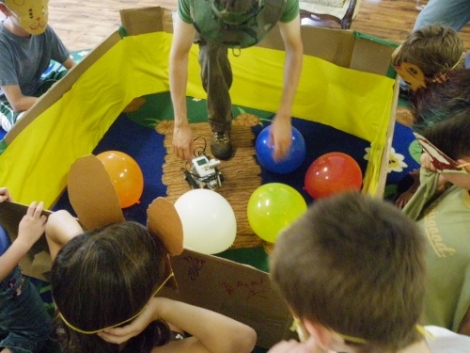 Learning with visuals can be very helpful. Learning with models made from NXT Mindstorms is just plain awesome, as [Rdsprm] demonstrates with this LEGO NXT 3-point bend tester that he built to introduce freshmen to flexural deflection and material properties. Specifically, it calculates Young’s modulus using the applied force of a spring and the beam’s deflection. [Rdsprm] provides a thorough explanation in the About section of the YouTube video linked above, but the reddit comments are definitely a value-add.
Learning with visuals can be very helpful. Learning with models made from NXT Mindstorms is just plain awesome, as [Rdsprm] demonstrates with this LEGO NXT 3-point bend tester that he built to introduce freshmen to flexural deflection and material properties. Specifically, it calculates Young’s modulus using the applied force of a spring and the beam’s deflection. [Rdsprm] provides a thorough explanation in the About section of the YouTube video linked above, but the reddit comments are definitely a value-add.
[Rdsprm] built this from the Mindstorms education base set (9797) and the education resource set (9648). Each contestant endures a 5-test battery and should produce the same result each time. The motor in the foreground sets the testing length of the beam, and the second motor pulls the spring down using a gearbox and chain.
This method of deflection testing is unconventional, as [Rdsprm] explains. Usually, the beam is loaded incrementally, with deflection measured at each loading state. Here, the beam is loaded continuously. Vertical deflection is measured with a light sensor that reads a bar code scale on the beam as it passes by. The spring position is calculated and used to determine the applied force.
[Rdsprm] analysed the fluctuation in GNU Octave and has graphs of the light sensor readings and force-deflection. No beams to bend with your Mindstorms? You could make this Ruzzle player instead.
Continue reading “I Am NXT 3-Point Bend Tester. Please Insert Girder.”

















